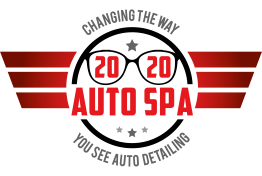Keeping a car looking its best can often feel like a very daunting task. Even with regular washing, the dirt, grime and wear-and-tear builds up quickly, resulting in a dull and lackluster finish. But there is a secret weapon when it comes to restoring your vehicle’s original shine – professional car detailing.
If you want to bring your car back to its original showroom shine, then detailing is the answer. But what exactly does car detailing involve? In this article, we’ll cover all you need to know about professional car detailing and why it is such an important part of car care.
We’ll provide a detailed overview of the entire process, from start to finish, including the detailing tools and products used. We’ll also explain the differences between a basic car wash and a professional detailing job. Stay tuned!
Professional Car Detailing
Car detailing is an umbrella term for several different services that are designed to make your car look its best. It includes processes such as washing, polishing, waxing, paint protection, and other cleansing techniques. Detailing focuses on the thorough cleaning of every exterior surface of your car paint
The goal is to bring out the best in your car’s paint job by removing all dirt, debris and imperfections from the surface. Through a combination of careful cleaning methods and specialized products, professional detailers can return your car’s paint to its original sheen.
Here are some of the individual components included in a professional auto detailing package:

Exterior Washing: This is the first step in the process and it involves using specialized cleaning products and methods to remove dirt, debris and any other substances that have built up on the car’s exterior.
Paint Protection: This step involves applying a special wax or sealant, such as paint protection film or ceramic coating, to protect your paint job from the elements. It also helps keep the car looking shiny and new for longer.
Paint Correction: This step involves using specialized tools and techniques to restore any blemishes or imperfections in the paint job. This can include removing scratches, swirls, oxidation, etc.
Interior Cleaning: This is one of the most important steps because it ensures that all dirt and debris is removed from the interior of your car. It is important to make sure that all upholstery, carpets and other surfaces are thoroughly cleaned.
Glass Cleaning: This step involves using a specialized glass cleaner and soft cloths to remove dirt, grime, fingerprints and any other residue from the windows of your car.
Leather Conditioning: If you have leather interior, this step involves using a special leather conditioner to nourish and protect the material.
Final Touch-Ups: This final step includes any additional touches that will help give your car the perfect showroom shine. This can include polishing chrome pieces, wiping down all surfaces, applying paint sealant, and adding a layer of car wax for extra protection.
10 Professional Car Detailing Secrets from Dust to Shine
Top to bottom vacuuming
A good detailing job entails a thorough vacuuming of all the carpets and interior upholstery. This step ensures that any dirt or debris is removed, so the rest of the detailing process can be successful. You might think it’s best to vacuum the carpets first. After doing that difficult part, you will be cleaning the seats and dashboard, which can get dust all over the carpet again.
Professional detailers and car enthusiasts recommend starting with the tops of the seats and then vacuuming the carpets. This guarantees a deep clean that will leave your car looking shiny and new.
Use leather conditioner on all surfaces
Leather is sensitive material, it can easily get ruined if not taken care of properly. To ensure its longevity, professional detailers always use a leather conditioner after cleaning. This soaks into the material and provides an extra layer of protection. It will also help keep the leather looking smooth and luxurious for longer.
Use two buckets when washing
Using two buckets is essential in car detailing, as it helps you avoid re-depositing dirt from a dirty wash mitt onto your car’s paint job. One bucket should contain the shampoo and water mixture, while the other should be filled with clean water.
This way, you can dip your sponge or wash mitt into the clean bucket and rinse it off before going back to the shampoo and water mixture. This ensures that no dirt gets transferred onto your car’s surface while washing.
Go all-out with microfiber towel, and not sponge!
When it comes to car detailing, microfiber mitts are the way to go. These specialized mitts are designed to pick up dirt particles and remove them from your car’s surface without scratching or damaging the paint job. They also hold more soap and water than a regular sponge, making them much more efficient when washing.
Start right with the detailer’s brush!
This might seem like a small detail, but it makes a huge difference in the success of your detailing job. Detailers use soft-bristled brushes to get into hard-to-reach places and remove dirt from crevices and tight corners.
Using this tool will help you get an even deeper clean, as well as reduce the risk of scratching your car’s surface.
Rinse-wash-rinse combo
When doing car washes, the best practice is to use a three-step process: rinse, wash and then rinse again. The first step involves rinsing off any loose dirt and debris from the car’s surface. This helps reduce the chances of scratching while you are washing.
The next step is to use a shampoo and water mixture to scrub the car from top to bottom. After that, you should give the car a final rinse to remove any soap residue that may remain.
Two-direction glass drying technique
When drying your car’s windows, the best practice is to use a two-direction technique. Start by wiping the glass in one direction with a microfiber cloth or chamois and then switch directions for the other pass. This will help remove any streaks or smears from the glass and give you a crystal clear view out of your windshield.
Treat the trim!
The trim on your car is often overlooked when it comes to detailing, but taking the extra step to treat it can make a huge difference in the overall look of your vehicle.
Use a specialty product to clean and protect the trim from dirt, UV rays and other environmental elements. This will help keep it looking shiny and new for longer.
Divide and conquer!
When it comes to car detailing, tackling one section at a time is the best way to get an even and thorough result. Start by cleaning the windows, then move on to the bodywork and finally finish with the wheels. This will help you keep track of where you left off and ensure that every part of your car gets the attention it needs.
Waxing is essential!
No car detailing job is complete without a layer of wax. This paint protection product helps protect the paint from dirt, UV rays and other environmental elements. It also gives your car an extra shine that will make it look like new for longer. Just make sure to use a quality wax and apply it properly for best results on exterior surfaces.
Car detailing is an important part of car maintenance and can help your car look like new for longer. By following these professional secrets, you will be able to get the best results from your detailing job. Don’t forget to take your time and use the right products to ensure a thorough clean that will have your car shining! Go wild with detailing!
FAQs
How often should I detail my car?
It depends on how regularly you use your vehicle and the environmental conditions in which it is stored. It is recommended to give your car a full detailing two to four times per year.
What products do I need for detailing?
Depending on the type of job and the vehicle, the products you need will vary. You’ll need a good car shampoo, leather conditioner, microfiber mitts or towels and a quality wax to finish off with.
Is detailing my own car difficult?
If done properly and carefully, it’s not too difficult. It can require a lot of time and effort. If you’re not sure or don’t have the time, we recommend taking your car to a professional detailer for the best results.


